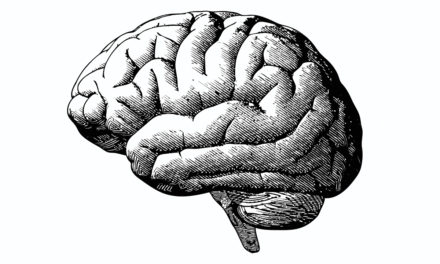Asthma earns a dubious distinction. It ranks as one of the few pediatric diseases that has increased in prevalence over the last few decades, says Rajeev Shah, M.D., director of the pediatric hospitalist program at Capital Health.
Approximately, 1 in 12 adults have asthma today, compared to 1 in 14 in 2001, according to the Centers for Disease Control and Prevention. In fact, asthma hits children more frequently than adults: Seven million (or 1 in 11) kids currently experience the coughing, shortness of breath, audible wheezing, and chest tightness that come with this common respiratory disease.
Have a Plan
Those may be the obvious symptoms, but parents also need to be on the lookout for more subtle ones, such as not wanting to mess around with friends or avoidance of outdoor activities or sports, he warns.
If parents see any of these red flags, they should take their child to the doctor to confirm a diagnosis and to discuss treatment options. Patients will likely require long-term medication taken daily to control symptoms, as well as a “rescue” inhaler, such as albuterol, administered during an asthma flare-up. “Asthma is one of the more treatable diseases,” Dr. Shah explains. “A major obstacle is not adhering to and understanding the medications.”
To avoid falling into that common trap with serious consequences (see box), be proactive about the care plan, he suggests this plan of attack:
1. Recognize the signs and symptoms, so proper treatment can be administered immediately. A quick reaction to a tight chest can mean the difference between a minor inconvenience and a frightening trip to the emergency room.
2. Always have a refill available and keep it in an easy-to-remember spot, such as the medicine cabinet. “The sickest kids we see are the ones who ran out of albuterol,” Dr. Shah stresses.
3. Have a detailed conversation with the school nurse about the child’s asthma (severity, triggers, and symptoms) and provide him with medication to have on hand there. Some areas require that the inhaler be kept in the nurse’s office, so double check the rules in the school district.
4. Educate other caretakers—grandparents, babysitters, and older brothers and sisters—about asthma, making sure they have a rescue inhaler and know how to use it in case of an acute attack. “As children get older, allow them to independently control their asthma,” he adds. “That empowers them.”
However, despite the best efforts, asthma still can have a stigma associated with it. Children may experience low self-esteem because they have a chronic disease or feel like they can’t run around the playground or try out for the baseball team.
In that case, parents should give their child a pep talk, reminding them of some famous athletes with asthma (such as hall of famers Emmitt Smith and Dominique Wilkins and Olympic star Jackie Joyner-Kersee) and that their disease can be kept in check by taking the proper precautions, Dr. Shah advises. “The main goal with asthma treatment is to make sure it doesn’t impact the child’s life in terms of activities in any way.”
While better recognition may be partly responsible for soaring asthma rates, Dr. Shah also attributes this jump to an increase in seasonal allergies, such as pollen, and other common asthma triggers: dust mites, mold, animal dander, smoking, cockroaches, and pollution. Parents can do their part to limit these exposures, including frequent vacuuming, removing or cleaning old, ratty stuffed animals, and putting protective covers on beds for dust mites.
“We don’t recommend getting rid of the family dog right away, but this is a great time to quit smoking,” Dr. Shah says. “That will have a huge impact on the child.”
Asthma By the Numbers
* In 2009, asthma caused 479,300 hospitalizations, 1.9 million emergency room visits, and 8.9 million doctor visits.
* Asthma is the third leading cause of hospitalization among children under age 15.
* About nine people die from asthma every day.
* Asthma is one of the leading causes of school absenteeism; in 2008, asthma accounted for an estimated 14.4 million lost school days in children with an asthma attack in the previous year.
* Asthma costs the U.S. $56 billion each year.









